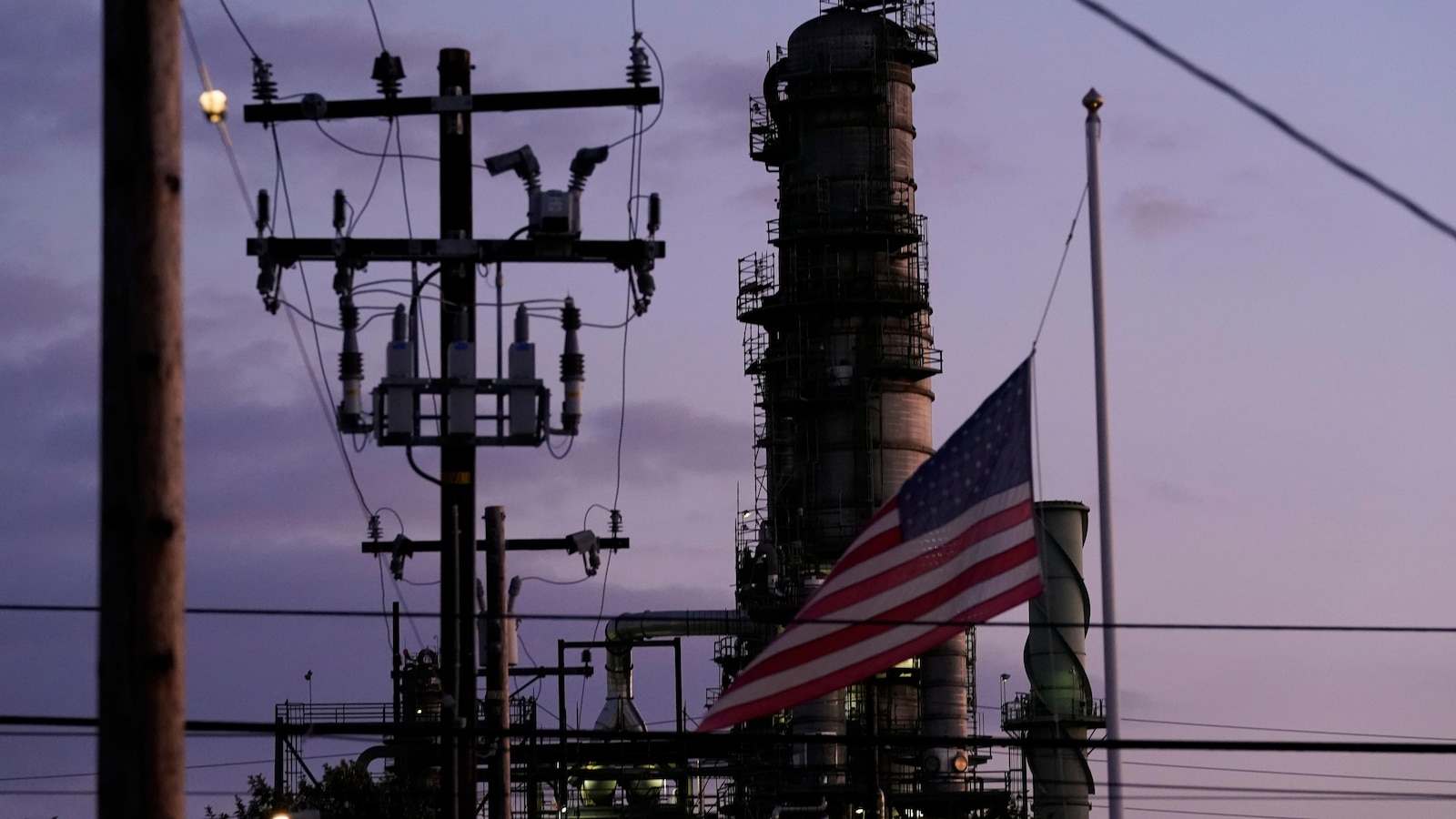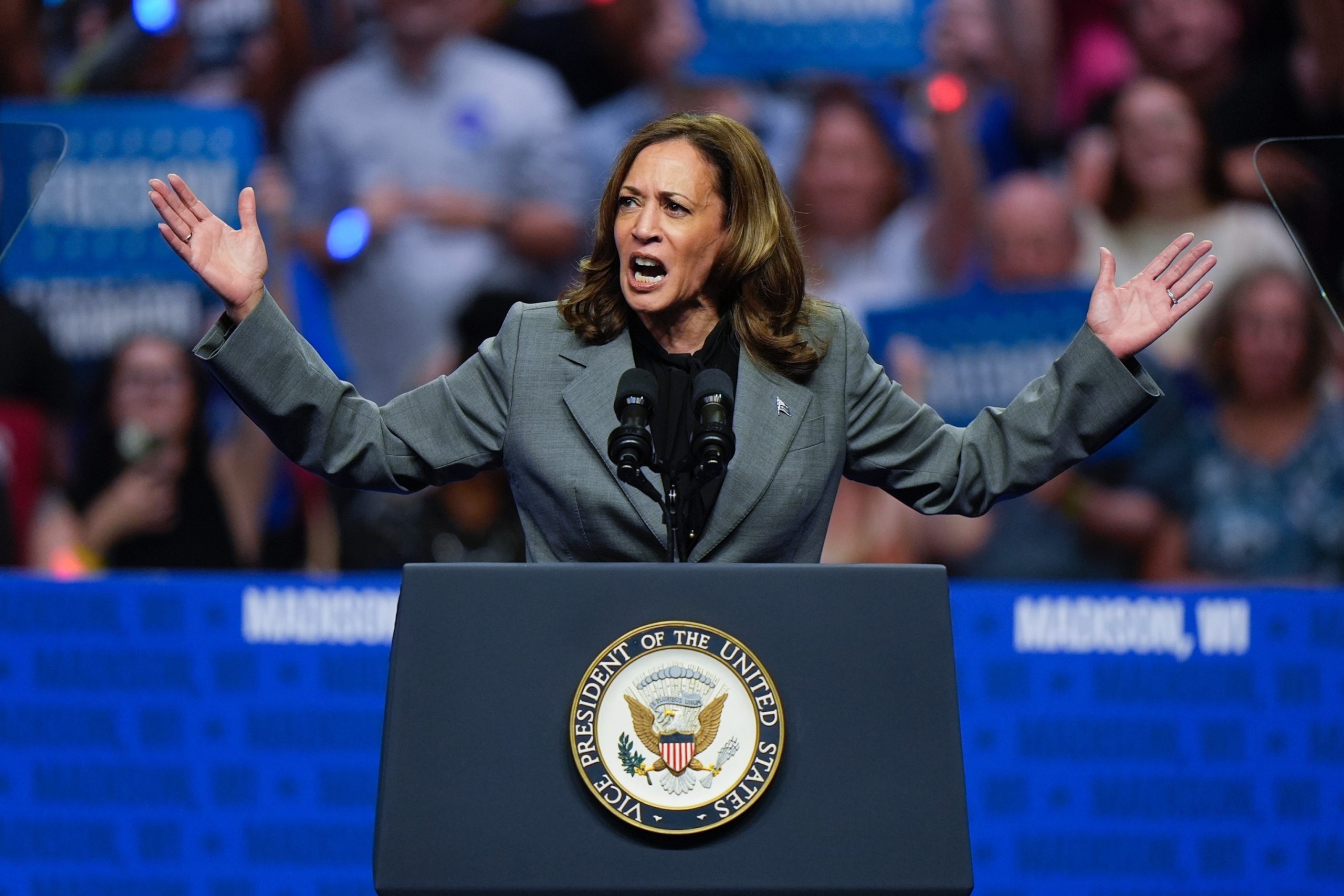
WASHINGTON — Wholesale price increases in the United States eased in July, suggesting that inflation pressures are further cooling as the Federal Reserve moves closer to cutting interest rates, likely beginning next month.
The Labor Department reported Tuesday that its producer price index — which tracks inflation before it reaches consumers — rose 0.1% from June to July. That was down from a 0.2% rise a month earlier. And compared with a year earlier, prices were up 2.2% in July. That was the smallest such rise since March and was down from a 2.7% year-over-year increase in June.
The July wholesale figures reflect a broad and steady slowdown in price increases, which peaked at a four-decade high in mid-2022 but are now moving toward the Fed’s 2% inflation target. On Wednesday, the Labor Department will release the most well-known inflation measure, the consumer price index.
Tuesday’s report showed that prices in the nation’s vast service sector fell 0.2% last month, the biggest drop since March 2023. Goods prices rose 0.6%, largely because gasoline prices jumped 2.8% from June to July.
Excluding food and energy prices, which tend to fluctuate sharply from month to month, so-called core wholesale prices were unchanged from June and were up 2.4% from July 2023. The increases were milder than forecasters had expected.
The producer price index can provide an early sign of where consumer inflation is headed. Economists also watch it because some of its components, notably healthcare and financial services, flow into the Fed’s preferred inflation gauge — the personal consumption expenditures, or PCE, index.
Paul Ashworth, chief North America economist at Capital Economics, said that the prices that feed into PCE were overall “very encouraging.” He noted, in particular, mild increases in wholesale prices at doctors’ offices and hospitals. As a result, Ashworth scaled back his forecast for core PCE inflation in July to 1.4% from 1.8%.
Forecasters have estimated that Wednesday’s CPI report will show that consumer prices rose 0.2% from June to July, after falling 0.1% the previous month, and 3% from July 2023, according to a survey by the data firm FactSet.
As Americans prepare to vote in the November presidential election, many still remain unhappy with consumer prices, which are nearly 19% higher than were before the inflationary surge began in the spring of 2021. Many have assigned blame to President Joe Biden, though it’s unclear whether they will hold Vice President Kamala Harris responsible as she seeks the presidency.
In its fight against high inflation, the Fed raised its benchmark interest rate 11 times in 2022 and 2023, taking it to a 23-year high. From 9.1% in June 2022, year-over-year consumer price inflation has eased to 3%.
The U.S. jobs report for July, which was much weaker than expected, reinforced the widespread expectation that the Fed’s policymakers will begin cutting rates when they meet in mid-September to try to support the economy. The jobs report showed that the unemployment rate rose for a fourth straight month to 4.3%, still healthy by historical standards but the highest level since October 2021.
Over time, a succession of rate cuts by the Fed would likely lead to lower borrowing costs across the economy — for mortgages, auto loans and credit cards as well as business borrowing and could also boost stock prices.
.
Wholesale inflation in the United States saw a decrease in July, signaling a continued easing of price pressures in the economy. The Producer Price Index (PPI), which measures the average change over time in the selling prices received by domestic producers for their goods and services, fell by 0.3% in July, according to the latest report from the Bureau of Labor Statistics.
This decline in wholesale inflation comes as a welcome relief for consumers and businesses alike, as it indicates that the cost of goods and services at the wholesale level is not rising as rapidly as it had been earlier in the year. This could potentially translate to lower prices for consumers at the retail level in the coming months.
One of the main drivers behind the decrease in wholesale inflation was a drop in energy prices, which fell by 2.1% in July. This was largely due to a decrease in gasoline prices, which have been volatile in recent months due to fluctuations in global oil markets. Lower energy prices can have a ripple effect throughout the economy, as they can lead to lower transportation costs and reduced production costs for businesses.
Another factor contributing to the easing of price pressures was a decline in the cost of goods such as food and pharmaceuticals. Food prices fell by 2.1% in July, while pharmaceutical prices dropped by 1.9%. These decreases helped offset increases in other categories, such as transportation and warehousing services.
The Federal Reserve closely monitors inflation trends when making decisions about monetary policy, and this latest data could influence their thinking as they consider whether to raise or lower interest rates in the future. A sustained decrease in wholesale inflation could give the Fed more leeway to keep interest rates low in order to support economic growth.
Overall, the decrease in wholesale inflation in July is a positive sign for the US economy, as it suggests that price pressures are easing and that businesses and consumers may see some relief from rising costs in the months ahead. However, economists will continue to monitor inflation data closely to see if this trend continues or if there are any signs of inflationary pressures building up again.


